You can identify winter tires by the symbols on the sidewall. These are the M+S symbol and the three-peak mountain snowflake (3PMSF) symbol, and both are industry standards.
So far, the well-known M+S mark was sufficient as a winter tire label. The 3PMSF symbol (snowflake) is mandatory for winter or all-weather tires produced since January 1, 2018.
Until September 30, 2024, there is a transition period in which winter tires with M+S labeling that have already been manufactured still meet the winter tire requirement.
However, it is definitely advisable to convert to new winter tires with the 3PMSF symbol (snowflake) soon, as they have to prove their quality in a standardized brake test on snow. This was not yet necessary for the M+S winter tire marking.
2. Three-Peak Mountain Snowflake symbol
When shopping for winter tires, it is important to look for a tire that displays the Three-Peak Mountain Snowflake Symbol (also referred to as the ‘Alpine’ symbol) on the sidewall. Transport Canada acknowledges that tires displaying this symbol meet the specific snow traction performance requirements, and have been designed specifically for use in severe snow conditions.
1. M+S symbol
What is the difference in snow traction between an M+S (Mud and Snow) branded tire, an all-season tire, and a purpose-built winter/snow tire? While many drivers probably are not absolutely sure, it can be the difference between getting to work, getting home, or getting stuck.
The original definition of M+S tires is based on the geometry of the tread design. The M+S designation was first used to differentiate the knobby, bias ply tires intended for use on muddy and/or snow-covered roads from the straight rib tires used on early cars or trucks. Tires with tread designs that meet the definition may be branded with the letters "M" and "S" in several different ways (e.g., M&S, M+S, M/S, MS, etc.) at the discretion of the tire manufacturer.
All winter tires that are marked with the Alpine symbol (pictured below) undergo the ASTM F 1805 tire test on medium-packed snow in standardized testing conditions to ensure their snow traction performance meets the minimum industry requirements to be considered a winter tire. Importantly, tires that are manufactured for medium-packed snow are required by law to perform this test and may display the 3PMSF symbol on the sidewall.
Importantly, tires that are manufactured for medium-packed snow are required by law to perform this test and may display the 3PMSF symbol on the sidewall.
Continental recommends to use winter tires with the "Alpine" symbol on the sidewall and a tread depth of at least 4 mm in winter conditions.
Many SUVs and Off-road-Vehicles are equipped with tires carrying the "M+S“ marking on the sidewall. The reason for this is that this vehicle category was first offered in North America where all-season tires with "M+S“ marking are customary. Within the tire portfolio of Continental this applies for example to the product lines ContiCrossContact LX, ContiCrossContact LX Sport or Conti4x4Contact.
M+S marking is officially defined in an EU directive as meaning: “a tire with a tread pattern and structure designed to better performance in snow than that of a normal tire”. The performance of “M+S” marked tires is therefore neither defined nor measured.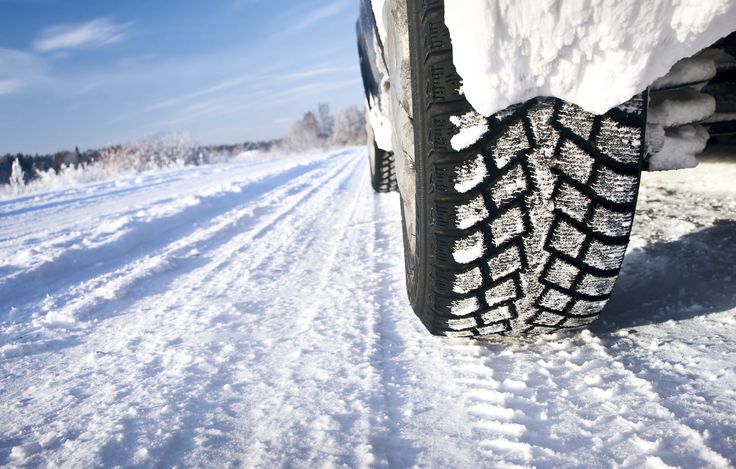
The snow performance of winter tires is specified in North America with the so-called "Alpine" symbol. Only tires which meet or exceed these requirements may carry the "Alpine" symbol.
2022/25/04
Buying winter tires
Winter tires have unique attributes that mitigate the risks of snow, ice, and falling temperatures on the road, providing motorists with greater control.
Read more
2022/25/04
Tread on winter tires
Tread is important in every season, but even more so when roads are slippery, cold and frozen, so check your winter tires!
Read more
2022/25/04
Winter tire laws in Canada
Read more
There are two common grading systems for tires to help identify winter tire traction capabilities. All tires that pass certain winter tire traction tests can be marked with a symbol molded onto the side of the tire. One is the M+S (mud and snow) symbol, and the second is the mountain/snowflake symbol. Both are based on standardized tire industry testing, however the extent of testing, and the traction levels required to qualify for each symbol are very different. While both symbols are helpful indictors of what you can expect from the tire, it is important to understand the difference between the two. This is particularly important when deciding on which tires to purchase for your car, SUV, CUV or light truck in colder climates.
M+S symbol usually found on the side of the tire near the wheel flange
The M+S tire marking system was first introduced to differentiate knobby bias-ply tires from the more common rib treads on early radial car and light truck tires. Over time, M+S became a standard marking to show the tire had some “all-season” capability compared to summer tires. Unfortunately, it is a very one-dimensional test in that it only measures traction in packed snow and mud. It does not measure traction on ice, slush or traction on cold dry roads. For that reason the M+S Symbol falls short in helping fully evaluate winter tire performance expectations in winter driving conditions.
Three Peak Mountain Snowflake symbol is on many Winter Tires.
Recognizing a need for a more up-to-date and helpful measurement of true winter performance, as well as a way to differentiate all-season tires from winter tires, the Rubber Manufacturers Association (RMA) came up with the Mountain/Snowflake symbol for tires. When you see this icon on the sidewall of your tire, you can be assured it meets more stringent winter traction performance requirements and has been rated for “severe snow service”. This includes snowy, slippery roads and low temperature or freezing roads. Most all-season tires do not qualify for the Mountain/Snowflake symbol because the tread rubber in all-season and summer tires become hard at temperatures below 40 F. Only dedicated winter tires, select all-terrain light truck and SUV tires, and some of the latest generation “all-weather tires” meet the traction qualifications for the Mountain/Snowflake symbol’s severe snow service rating. One “all-weather” tire with the Mountain/Snowflake symbol is the Nokian WR G3 tire. The Nokian WR G3 are tires that you can leave on the vehicle all-year round, and still be assured of good traction in winter conditions other than just light snow. Nokian also makes a full line of winter tires for all vehicles and their new Hakkapeliitta 9 studded tire is a great choice for severe weather conditions.
When you see this icon on the sidewall of your tire, you can be assured it meets more stringent winter traction performance requirements and has been rated for “severe snow service”. This includes snowy, slippery roads and low temperature or freezing roads. Most all-season tires do not qualify for the Mountain/Snowflake symbol because the tread rubber in all-season and summer tires become hard at temperatures below 40 F. Only dedicated winter tires, select all-terrain light truck and SUV tires, and some of the latest generation “all-weather tires” meet the traction qualifications for the Mountain/Snowflake symbol’s severe snow service rating. One “all-weather” tire with the Mountain/Snowflake symbol is the Nokian WR G3 tire. The Nokian WR G3 are tires that you can leave on the vehicle all-year round, and still be assured of good traction in winter conditions other than just light snow. Nokian also makes a full line of winter tires for all vehicles and their new Hakkapeliitta 9 studded tire is a great choice for severe weather conditions.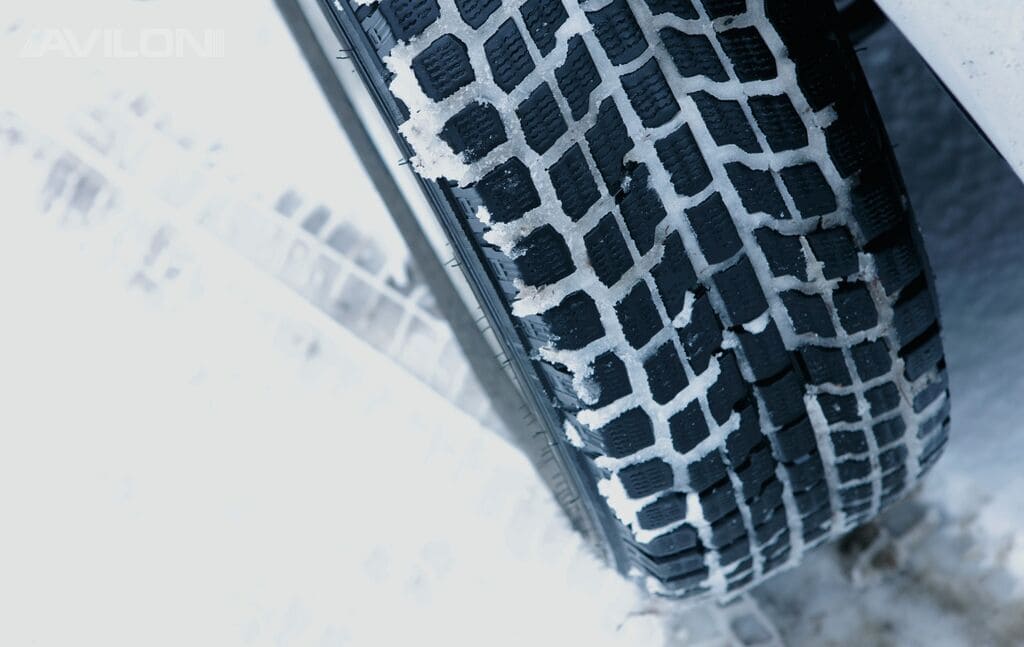
At this time, there are only a few areas in North America were winter tires are mandatory. In some Canadian provinces, only tires bearing the Mountain/Snowflake symbol are considered acceptable winter/snow tires, and by law must be used from October through March. Winter tire usage laws are under consideration for some northern U.S. states as well, but for the time-being, good all-season tires that carry the M+S symbol continue to be the broader definition for the minimum acceptable levels of winter traction. M+S rated tires or snow chains are usually permitted in mountain passes and other areas under winter weather advisory conditions.
Regardless of the local laws and regulations, winter tires are proven to increase safety and reduce accidents if you regularly drive in snow, slush, ice, or cold conditions, or live in an area that regularly experiences winter temperatures below 45 degrees. Visit Tires-easy.com to find all your winter/snow tire needs or check out another helpful post, How to Buy Tires Online: A Complete Guide.
Visit Tires-easy.com to find all your winter/snow tire needs or check out another helpful post, How to Buy Tires Online: A Complete Guide.
Join Today For Free
The right choice of car wheels will allow you to move in comfort and safety. Rubber must strictly correspond to the season, road and temperature conditions. Incorrect use of wheels significantly increases the braking distance, the service life of the wheels, and the economy of movement. It is not surprising that manufacturers produce summer and winter tires, and today universal all-season tires are becoming especially popular. It is worth figuring out how to distinguish winter tires from summer tires, and for this you need to study the main characteristics of the wheels.
Tires for the cold season are distinguished by a carved and deep tread pattern, which can look like a familiar “herringbone” or chaotic depressions. Lamellas or zigzag cuts on the tread are the virtues of winter tires. It is they, as well as checkers and deep grooves, that provide effective removal of snow and water, increase the coefficient of adhesion on the road. There are two main types of tread pattern for winter:
Lamellas or zigzag cuts on the tread are the virtues of winter tires. It is they, as well as checkers and deep grooves, that provide effective removal of snow and water, increase the coefficient of adhesion on the road. There are two main types of tread pattern for winter:
Scandinavian - the pattern is sparse, the checkers are staggered and look like rhombuses, there is a noticeable distance between the elements of the pattern;
European - the pattern is located diagonally, the network of channels is well developed, powerful lugs are located on the periphery of the tread, there are a large number of thin slots - lamellas on the surface.
Summer tires have shallow tread grooves designed to expel water, the number of sipes is kept to a minimum. There is no micro-pattern in the wheels for summer.
Spikes are another criterion of seasonality. There are no summer studded tires, and winter studding should be chosen carefully. The studs are designed for driving on ice, providing good grip where other wheels slip. They should not be located in two rows on the sides of the tires - this will not shorten the braking distance at all, and the spikes themselves will fly out after several trips. High-quality studding suggests an asymmetric or snake-like arrangement of spikes.
They should not be located in two rows on the sides of the tires - this will not shorten the braking distance at all, and the spikes themselves will fly out after several trips. High-quality studding suggests an asymmetric or snake-like arrangement of spikes.
In addition, rubber for winter tires is softer and more elastic, it is visible to the naked eye for an experienced driver. This is easy to determine even by touch, since there is an order of magnitude more rubber in the rubber compound, which allows the tires not to freeze at low temperatures. Summer tires, on the contrary, are more elastic - there is less rubber in them, because in the heat soft tires “float” and do not hold the road. For safety reasons, summer tires are resistant to wear and high temperatures.
During operation, winter tires warm up and therefore do not lose their elasticity and softness. On winter snowy or icy roads, this provides maximum grip, effectively shortening the braking distance.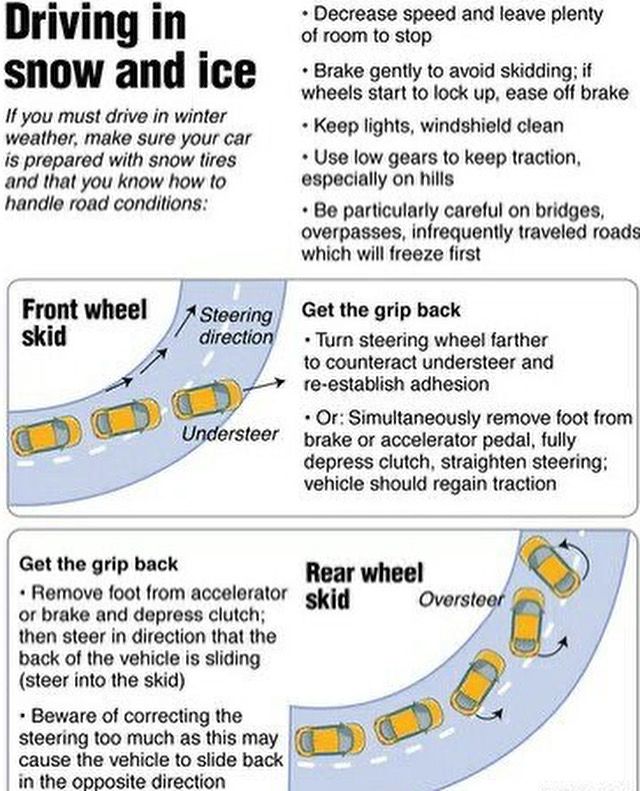 Summer tires cool down at speed, becoming more shaped and firm.
Summer tires cool down at speed, becoming more shaped and firm.
An important quality of rubber, which makes it possible to distinguish between summer and winter tires, is the maximum permissible speed. In winter, even on the highest quality roads, it is not recommended to drive faster than 140 km / h; summer tires are more democratic in this matter.
Despite everything, even a novice driver will be able to determine the seasonality of tires by special designations used by manufacturers. The letters M + S (mud and snow), as well as W (Winter - winter) guarantee comfortable driving in snow and mud, in some cases MS is the marking of all-season tires. Also, an image of the sun (for summer) and snowflakes (for winter wheels) is applied to the side surface of the wheels. It is important to know that there is no special letter designation for summer tires.
Before the next winter, motorists who have driven for several seasons on studded or friction tires have a question.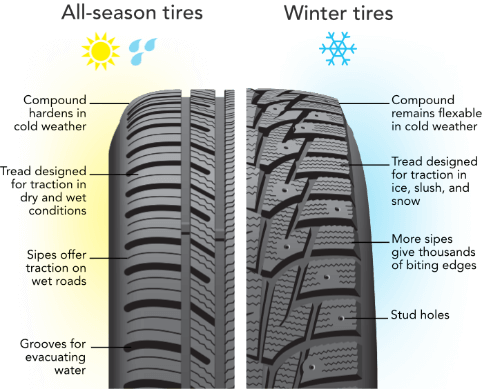 Should I buy new ones or old ones are still able to provide reliable grip on snow and ice? To make the right decision, you need to know how to determine the wear of winter tires, and what is its maximum allowable limit.
Should I buy new ones or old ones are still able to provide reliable grip on snow and ice? To make the right decision, you need to know how to determine the wear of winter tires, and what is its maximum allowable limit.
The main indicator of the suitability of tires for operation is the tread height. However, in the case of studded tires, the number of studs is an equally important factor. Even when there are almost none left, some motorists are in no hurry to get a new thing. Such drivers mistakenly think that in this way their tires have become frictional.
But tires, which are popularly called Velcro, have a completely different rubber compound. They are much softer than studded ones and lose their valuable properties faster in the cold.
Winter tire wear is estimated according to the following indicators:
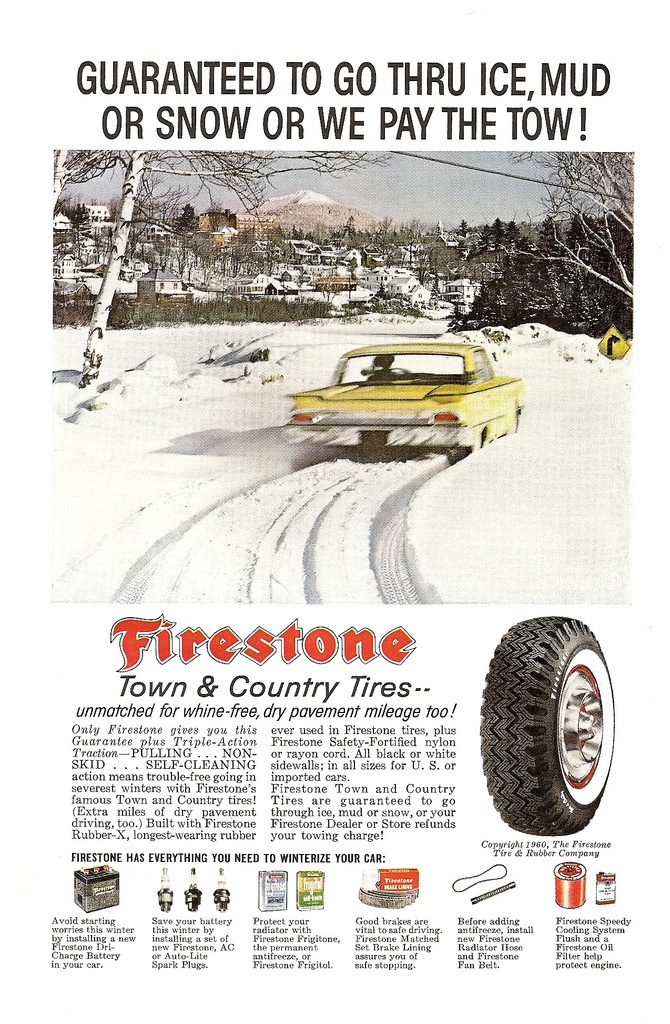
The "List of malfunctions and conditions under which the operation of vehicles is prohibited" establishes a critical tread wear of a winter tire - 0.4 cm. But most manufacturers of studded and friction tires recommend changing earlier. To measure the tread height, a regular ruler will do. If the result is 0.5 cm, it is better to purchase new tires.
It is necessary to measure the tread height not in one place, but in several, since wear can be uneven. For example, 0.6 cm may remain on one side of the tire, and 0.4 cm on the other. In this case, it is necessary to change the tires. You can buy winter tires at the TopDetal.ru online spare parts store at competitive prices.
If the tread height is normal, this does not mean that the tire is serviceable. It is extremely important that she does not have hernias.
The presence of swelling on the sidewall directly threatens safety. If such a tire falls into a hole with sharp edges at speed, it may burst and the car will become uncontrollable.